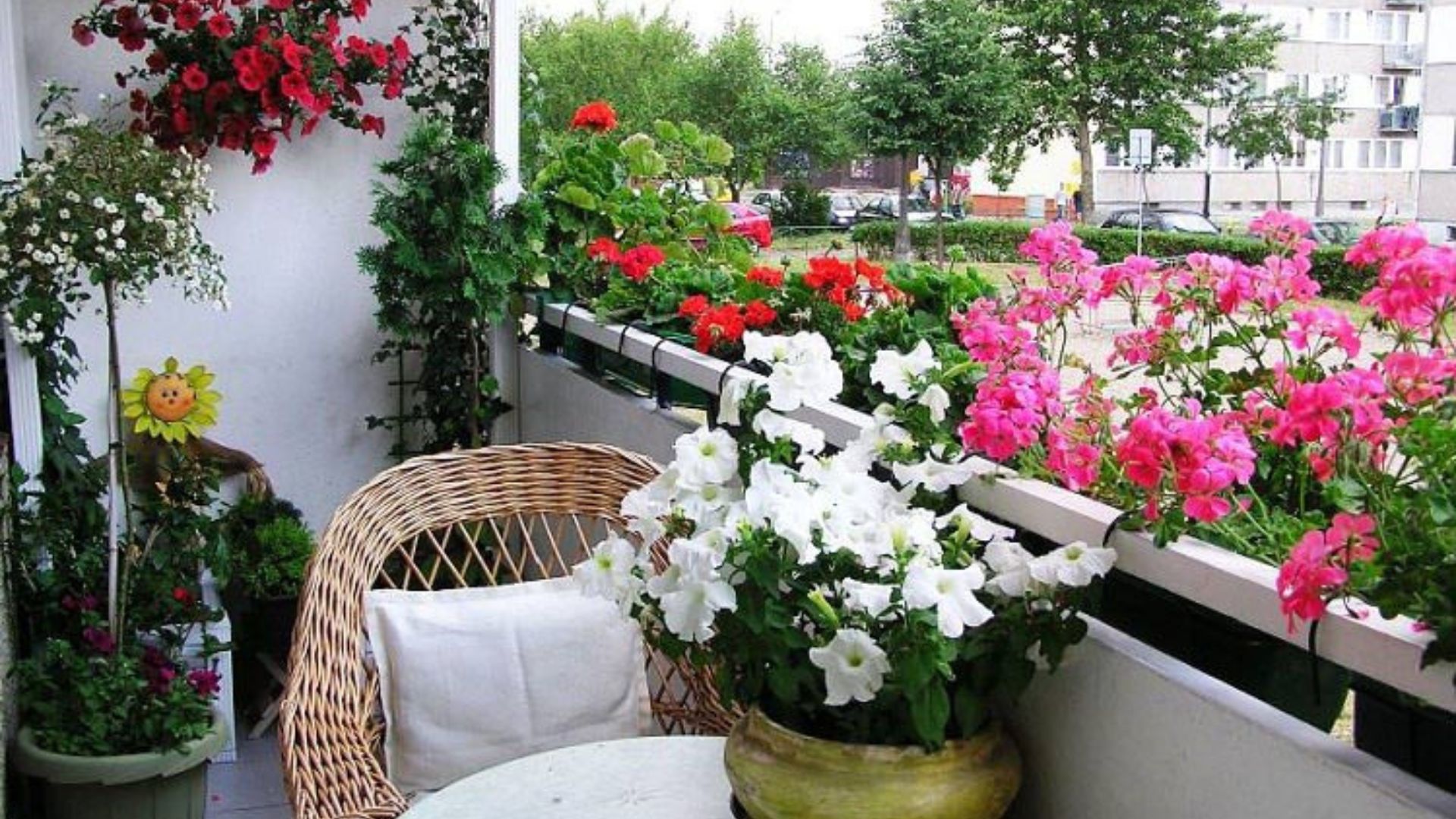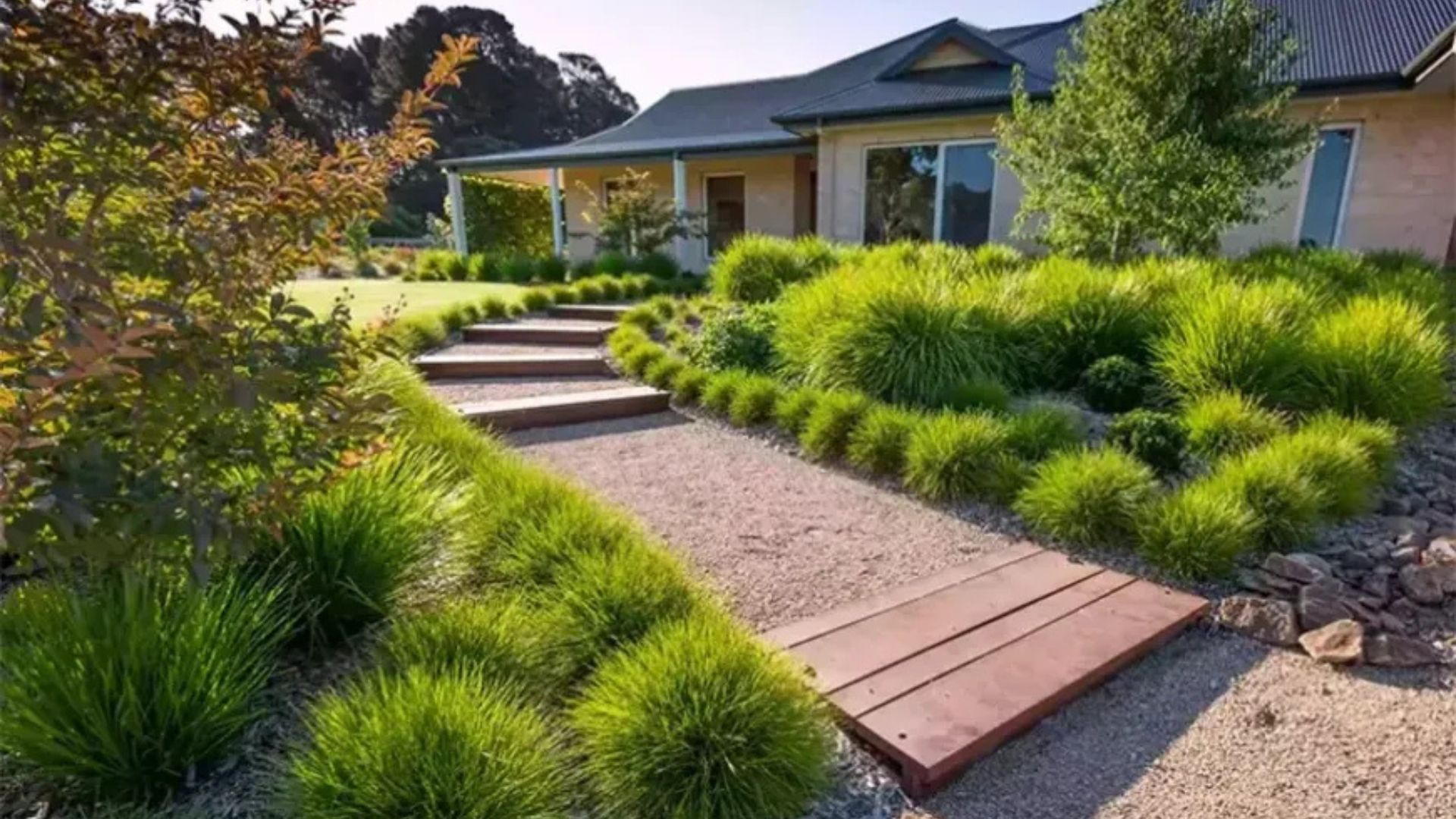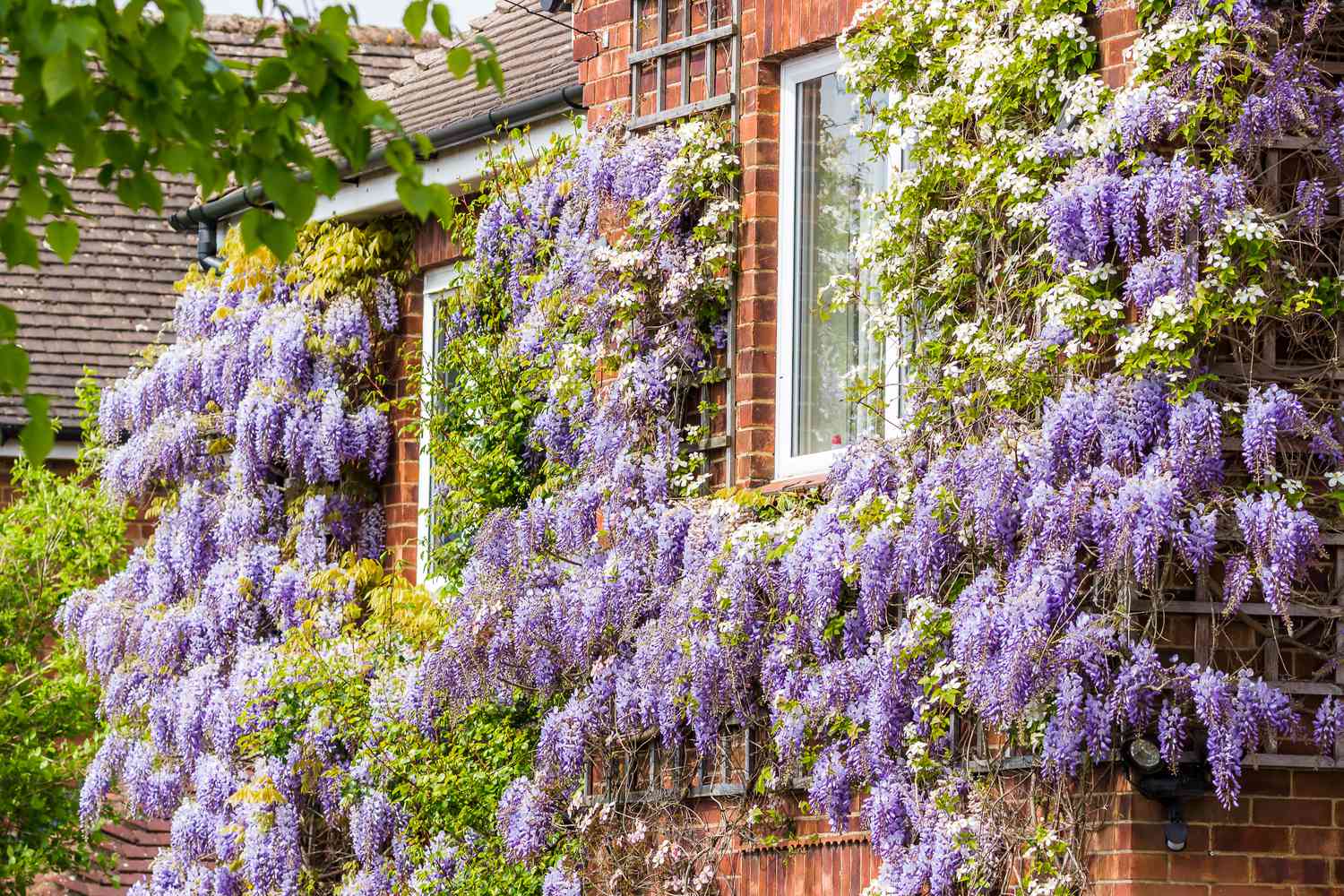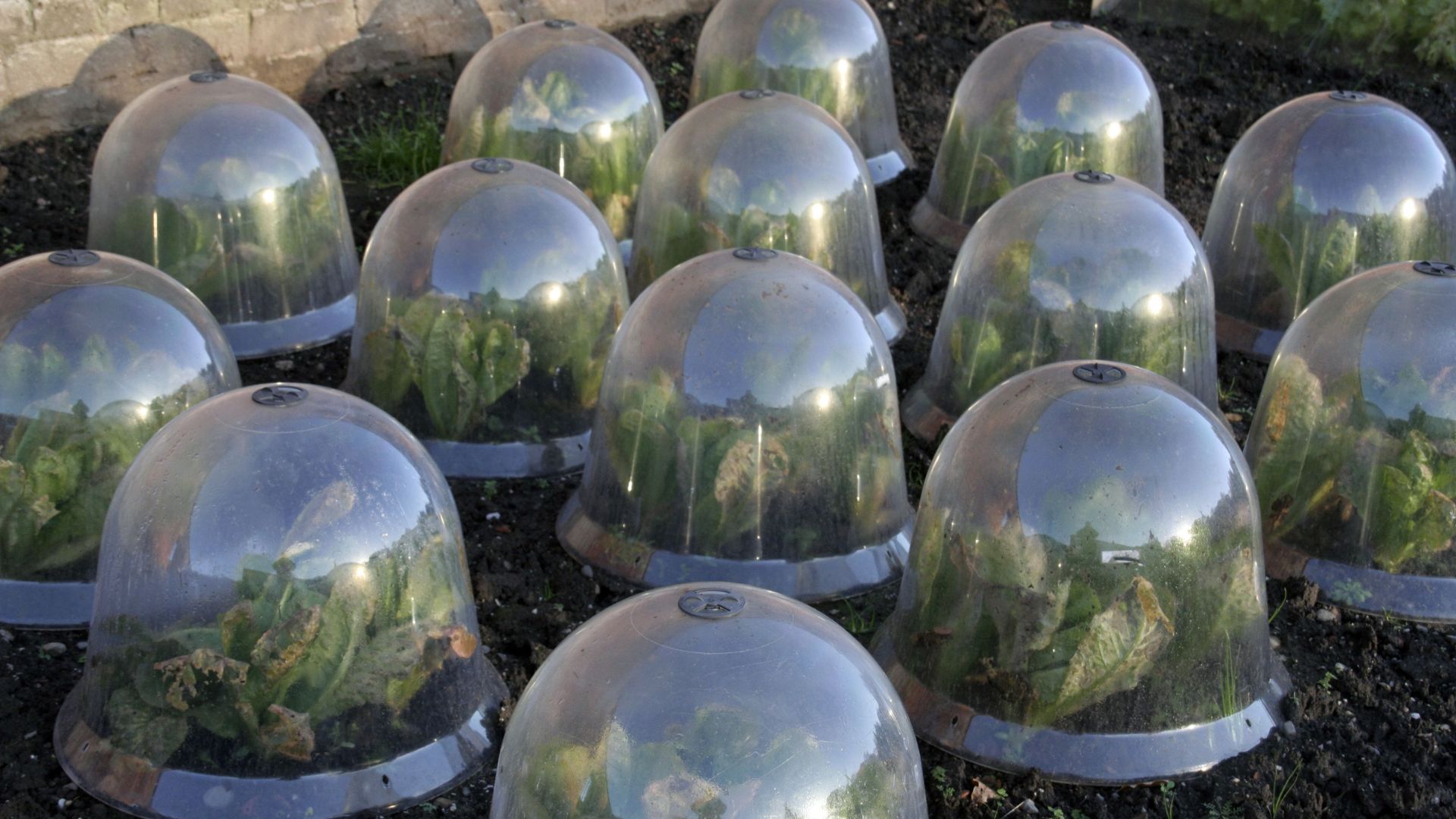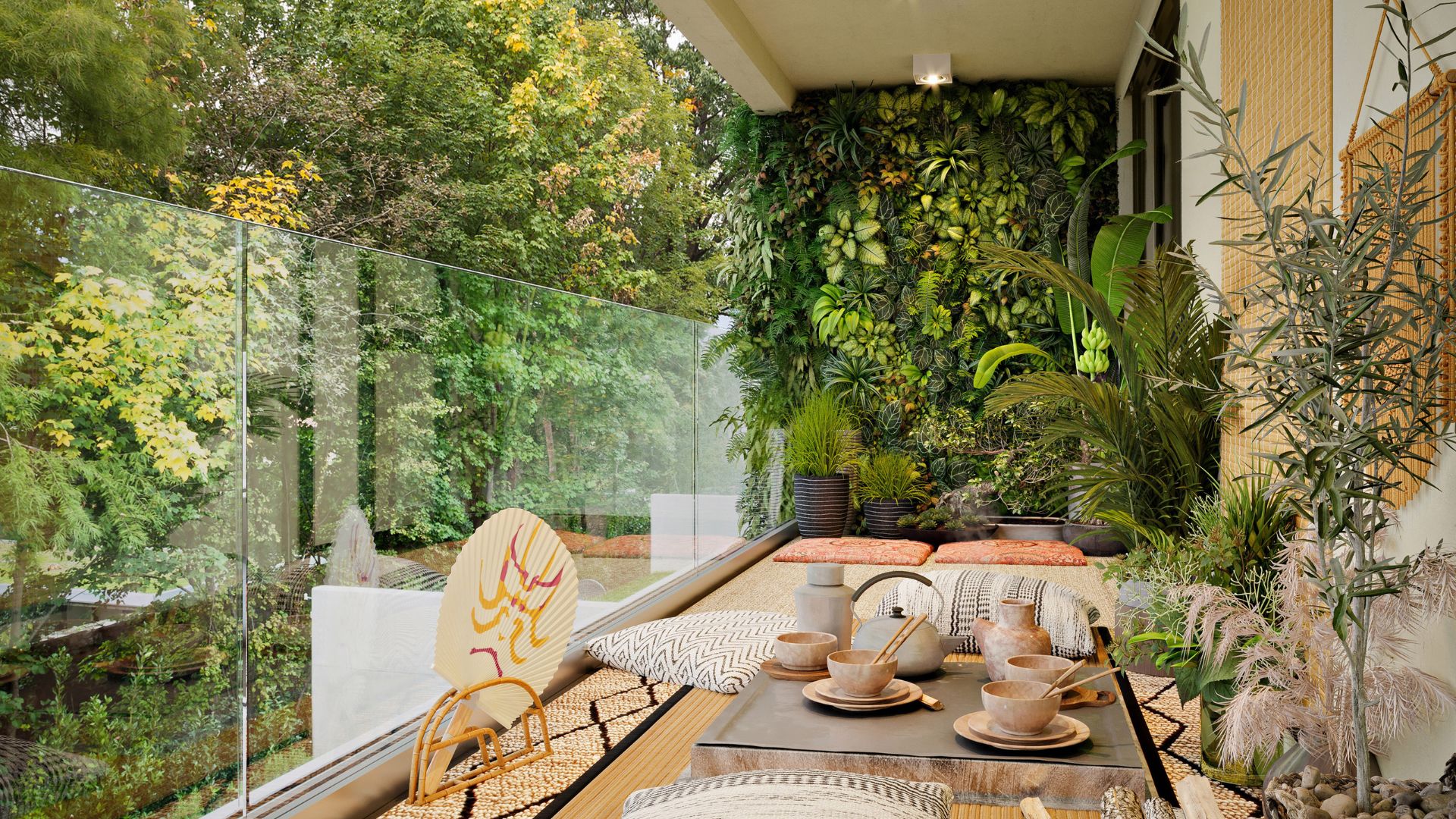Balconies decorated with outdoor plants bring life, color, and functionality to small urban spaces. In South Africa, many apartment and townhouse owners are transforming their balconies into green retreats. By selecting suitable plants and thoughtful arrangements, you can turn even a small balcony into a lush, sustainable, and inviting outdoor area. This approach not only enhances aesthetics but also improves air quality and promotes well-being.
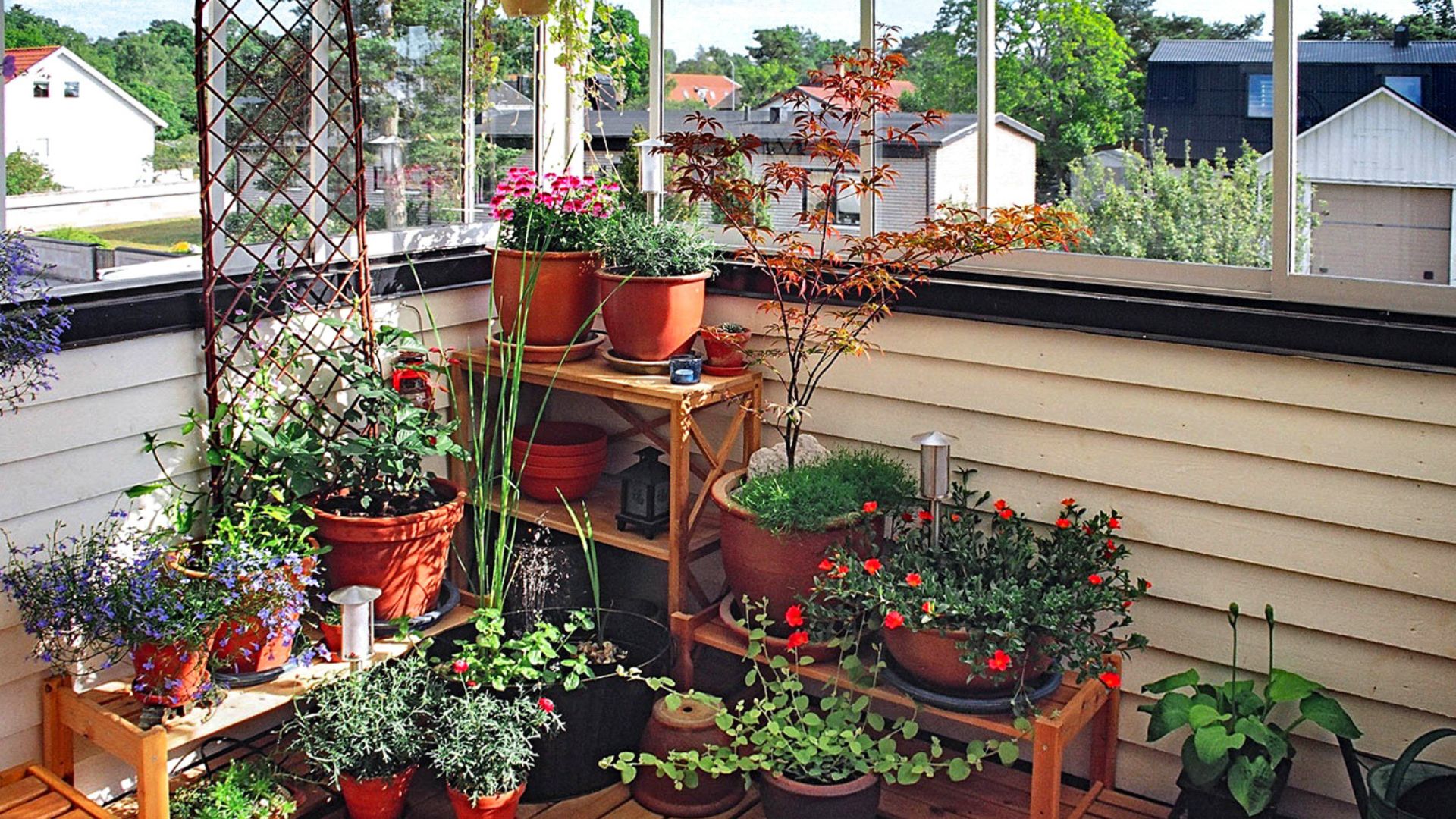
Benefits of Decorating Balconies With Outdoor Plants
Adding outdoor plants to balconies offers numerous advantages. First, they create a visually appealing environment, adding color, texture, and vibrancy. Second, plants improve air quality by absorbing carbon dioxide and releasing oxygen. Third, greenery reduces noise and provides a natural cooling effect, making balconies more comfortable. Additionally, balcony plants support biodiversity, attracting birds, bees, and beneficial insects to urban areas.
Economic Advantages
Well-planned balcony gardens can increase property appeal and value. Even small outdoor spaces become more attractive and marketable with lush greenery. Furthermore, balcony plants can reduce energy costs by naturally cooling indoor areas and shading windows. This makes urban greenery a practical, cost-effective investment.
Environmental Advantages
Balcony plants contribute to environmental sustainability. Using native or drought-tolerant species reduces water consumption. Container gardening with organic soil and compost supports eco-friendly practices. Moreover, plants provide microhabitats for insects and birds, enhancing urban biodiversity and connecting residents with nature.
Choosing Plants for Balcony Gardening
Selecting the right plants is essential for successful balcony decoration. Factors such as sunlight, wind exposure, container size, and maintenance requirements must be considered.
1. Flowering Plants
Flowering plants like petunias, geraniums, and begonias add color and fragrance. They thrive in containers and attract pollinators. By planting seasonal flowers, you can maintain a vibrant balcony year-round.
2. Foliage Plants
Foliage plants, such as ferns, philodendrons, and calatheas, provide texture and greenery. They thrive in shade or indirect sunlight and add a lush, natural feel to balcony spaces.
3. Herbs and Edible Plants
Herbs like basil, rosemary, and thyme are perfect for balcony gardens. They grow quickly, require minimal space, and offer fresh ingredients for cooking. Edible plants make balcony gardening functional as well as decorative.
4. Succulents and Cacti
Succulents and cacti are ideal for sunny balconies with limited maintenance. They store water in their leaves, making them drought-tolerant and perfect for South African climates with hot, dry seasons.
5. Climbing and Trailing Plants
Climbing plants, such as ivy or bougainvillea, add vertical greenery, while trailing plants like pothos or string of pearls soften railings and edges. They maximize small balcony spaces by growing upwards or cascading over pots.
Design Ideas for Balcony Spaces
Designing a balcony with outdoor plants requires creativity and careful planning.
Layout and Layering
Arrange plants in layers, combining tall, medium, and trailing species. This creates depth, interest, and a visually appealing balance. Use shelves, hanging pots, and railing planters to optimize space.
Color and Texture
Mix plant colors and leaf textures to make the balcony lively and dynamic. Seasonal flowers provide bursts of color, while leafy greens create contrast and harmony.
Sustainability Practices
Use organic compost, water-efficient irrigation, and recycled containers to maintain a sustainable balcony garden. Rotate plants seasonally and prune regularly to encourage healthy growth and prevent overcrowding.
Lifestyle and Wellness Benefits
Balconies decorated with outdoor plants enhance mental and physical well-being. Greenery reduces stress, promotes relaxation, and encourages spending time outdoors. Balcony gardens also provide space for hobbies like gardening, reading, or meditation. Moreover, these small green spaces can foster social interactions with neighbors and family members, improving quality of life in urban environments.
Challenges and Solutions
Challenges may include limited space, high wind exposure, or insufficient sunlight. Solutions include choosing compact, hardy, and shade-tolerant plants, using windbreaks, and optimizing vertical gardening techniques. Proper planning ensures that even small balconies flourish with greenery throughout the year.
Conclusion
Balconies decorated with outdoor plants transform small urban spaces into vibrant, sustainable, and functional retreats. By selecting flowering plants, foliage, herbs, succulents, and climbing species, residents in South Africa can enhance aesthetics, improve air quality, and enjoy the wellness benefits of green spaces. Thoughtful design, layering, and sustainable maintenance ensure thriving balcony gardens that are visually appealing, eco-friendly, and enjoyable for all. Balcony gardening proves that even compact areas can contribute to a greener, healthier, and more beautiful urban environment.






